What are low-hanging fruit keywords?
Low-hanging fruit keywords refer to terms on the cusp of ranking high, often found on the bottom of page one or the second page of Google search results. They have decent search volume and are often overlooked by competitors, making them prime targets for optimization.
How do low-hanging fruit keywords benefit your SEO content strategy?
Targeting low-hanging fruit keywords can significantly enhance your SEO strategy. These keywords are already favored by Google (evidenced by their near-high ranking), and with a little push, they can climb to the top of search results. This approach mainly benefits websites with smaller SEO budgets, providing a more attainable path to improved rankings.
How to find low-handing fruit keywords with Google Search Console (GSC)
To find easy-to-target keywords, examine your Google Search Console’s performance report. Focus on keywords ranked 11th to 20th (2nd and 3rd search result page) with good impression and search volume data. This method often reveals overlooked opportunities for quick ranking improvements.
This powerful tool helps you identify keywords for which your content already ranks, particularly those hovering around the second page of search results.
Look for keywords that not only have a good level of impressions but also align with the intent of your content.
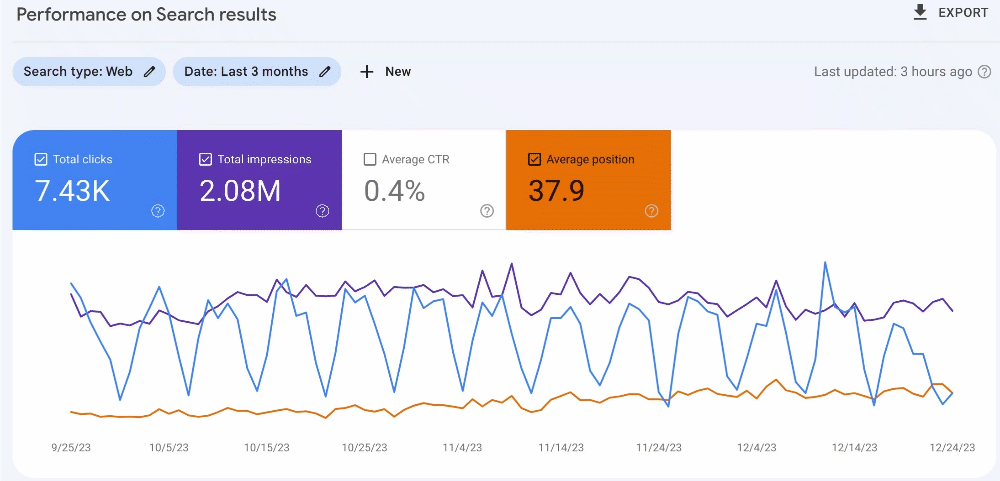
Prioritizing keywords that resonate with your business model and have a high potential for conversion is critical.
Start with a “Seed Keyword”
The journey to uncovering these valuable keywords starts with selecting a broad ‘seed keyword’ related to your niche. This initial step is crucial as it sets the direction for your keyword research. Once you have your seed keyword, the next phase is to delve deeper into more specific long-tail keywords associated with it.
Here’s an example with “Herb Gardening” as a seed keyword using Semrush’s keyword overview:
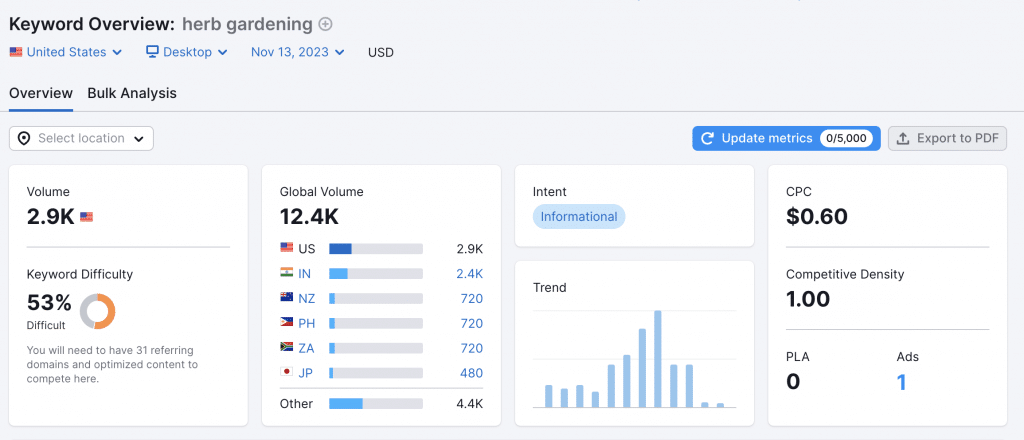

Going to the questions section you can find low hanging fruit keywords as long tails.
These long-tail keywords, characterized by their specificity and lower competition, are the low-hanging fruits you aim for. They are highly relevant to your target audience and can drive targeted traffic to your site.
Use SEOTesting.com for Keyword Research
A nifty tool to use for finding low-hanging fruit keywords is SEOtesting.com – this integrates directly with Google Search Console and GA4.
This way you’re able to easily pull long-tail keywords that you’re already ranking for to create content about:

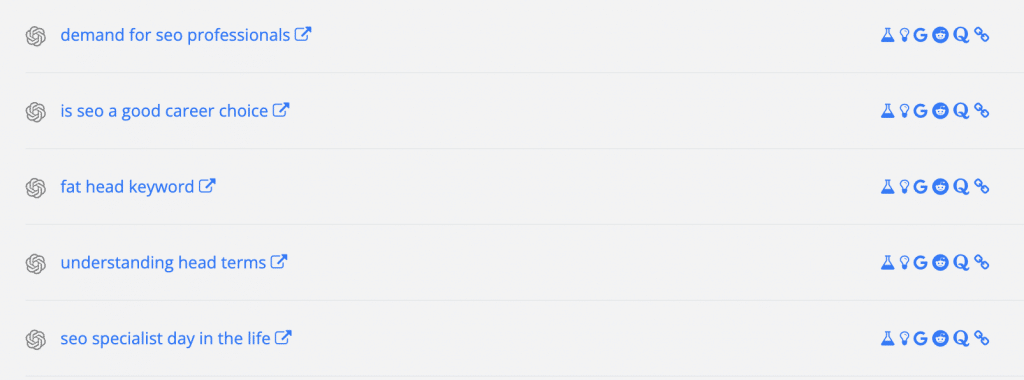
I’ve been using SEOtesting.com for almost a year and it’s a critical part of my toolkit for SEO, the tool is only getting stronger each month with new updates.
Go low difficulty and high search volume
An effective strategy is to focus on keywords that exhibit low competition (low keyword difficulty) but boast a reasonably high search volume. Such keywords are more accessible to rank for and can still attract significant traffic.
In the Keyword Magic tool, you can filter by KD:

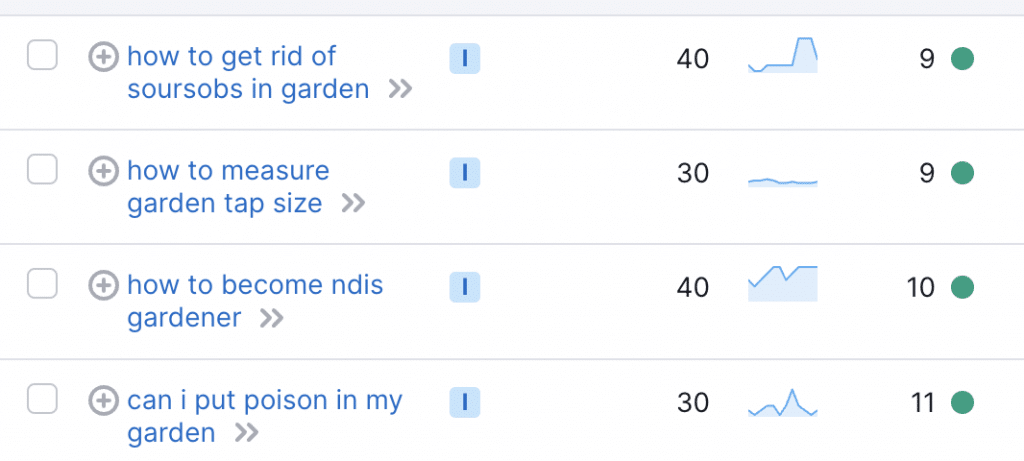
This approach balances effort with potential reward, making it a smart choice for enhancing your website’s visibility.
Aim for keywords with SERP features
Another tactic is to target keywords that trigger SERP features like featured snippets, local packs, or knowledge panels. Keywords that activate these features are likely to increase your content’s visibility and, consequently, its click-through rates. This can lead to a substantial boost in your website’s traffic and overall SEO performance. On the right-hand search of Semrush’s Keyword Magic Tool, you’ll see a way to view the SERP features:

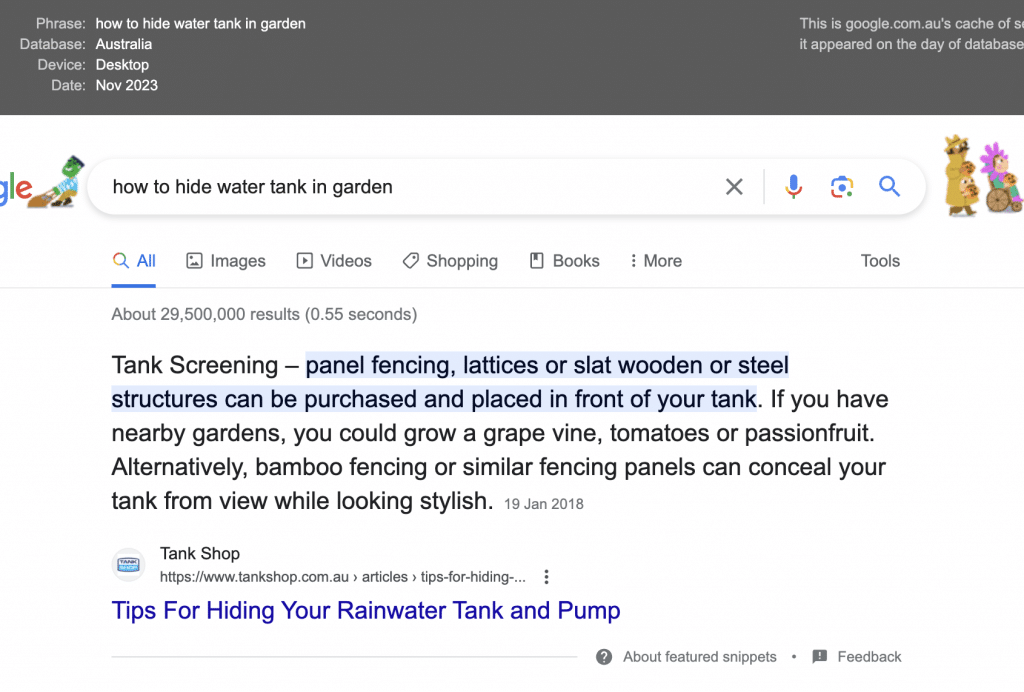
Create the best content
Finally, to effectively rank for these keywords, it’s imperative to create content that is SEO-optimized and packed with immense value for your audience. Your content should be comprehensive, address use and effectiveness, and offer information superior to what competitors provide.
“The Best Content” may be achieved by the following simple action points:
- Find the highest-ranking competing page for that keyword
- Use ChatGPT or a content auditing tool to analyze that page.
- Use the heading structure on that page as a guide
- Write unique content that has more insights
- Add unique points of view and a personalized experience.
- Give value to a user finding this article through a downloadable template or video content.
This approach ensures that your content stands out in terms of SEO and delivers real value to your audience.
Optimising Every Page Element for Better SEO
Improving SEO performance involves fine-tuning every part of a webpage. Here are practical ways to enhance your pages for better search visibility.
Sharpen Content
Content should be relevant, engaging, and structured with search engines in mind. Use primary keywords naturally and focus on answering common audience questions.
Optimise Visuals
- Image Size: Compress images to reduce loading times without affecting quality.
- Alt Text: Add clear, descriptive alt text to help search engines interpret visuals and improve accessibility.
Refine Titles and Headings
Page titles and headings should include relevant search terms while remaining clear and engaging. This improves visibility and captures interest.
Improve Meta Data
Meta descriptions should provide a concise summary of the page content. While they do not directly affect rankings, they can encourage users to click through from search results.
Apply Schema Markup
Structured data helps search engines display more detailed search results. Adding schema markup can increase the likelihood of rich snippets appearing in search results.
Use Captions and Alt Tags
Both captions and alt tags offer additional context to visuals. This supports accessibility and can strengthen SEO efforts.
Add a Table of Contents
A table of contents can make it easier for users to navigate longer pages while helping search engines understand the page structure. This can increase the chances of appearing in featured snippets.
Summarise Key Points
Providing a brief summary at the beginning or end of the content can improve readability and indexing. Short paragraphs or bullet points make important details easy to find.
Optimising these elements can improve both search performance and user experience.
Win low-hanging fruit keywords and skyrocket up the rankings!
Once you’ve successfully targeted low-hanging fruit keywords, don’t stop there. Use this momentum to continuously improve your SEO strategy, targeting progressively more competitive keywords as your site gains authority.
Key Takeaways
- Low-hanging fruit keywords are more accessible to rank for and can significantly boost your SEO efforts.
- These keywords often include long-tail, specific terms with lower competition.
- Utilizing tools like Google Search Console or SEOTesting.com can help identify these valuable keywords.
- Creating high-quality, relevant content is crucial for ranking these keywords.
FAQs
How Can Low-Hanging Fruit Keywords Improve Conversion Rates?
Low-hanging fruit keywords, known for their specificity, align exceptionally well with user intent. This alignment is crucial as it targets more advanced users in their buying journey, thus leading to higher conversion rates. By focusing on these specific keywords, businesses can effectively reach an audience ready to engage or purchase, optimizing their conversion potential.
Are Low-Hanging Fruit Keywords Effective for All Types of Websites?
Regardless of the size or type of website, targeting low-hanging fruit keywords can be an effective strategy to improve search rankings and attract targeted traffic.
How Often Should I Review My Keyword Strategy to Include Low-Hanging Fruits?
Regularly reviewing and updating your keyword strategy, ideally every few months, is essential to identify new low-hanging fruit opportunities and adapt to changing search trends and user behaviors.


